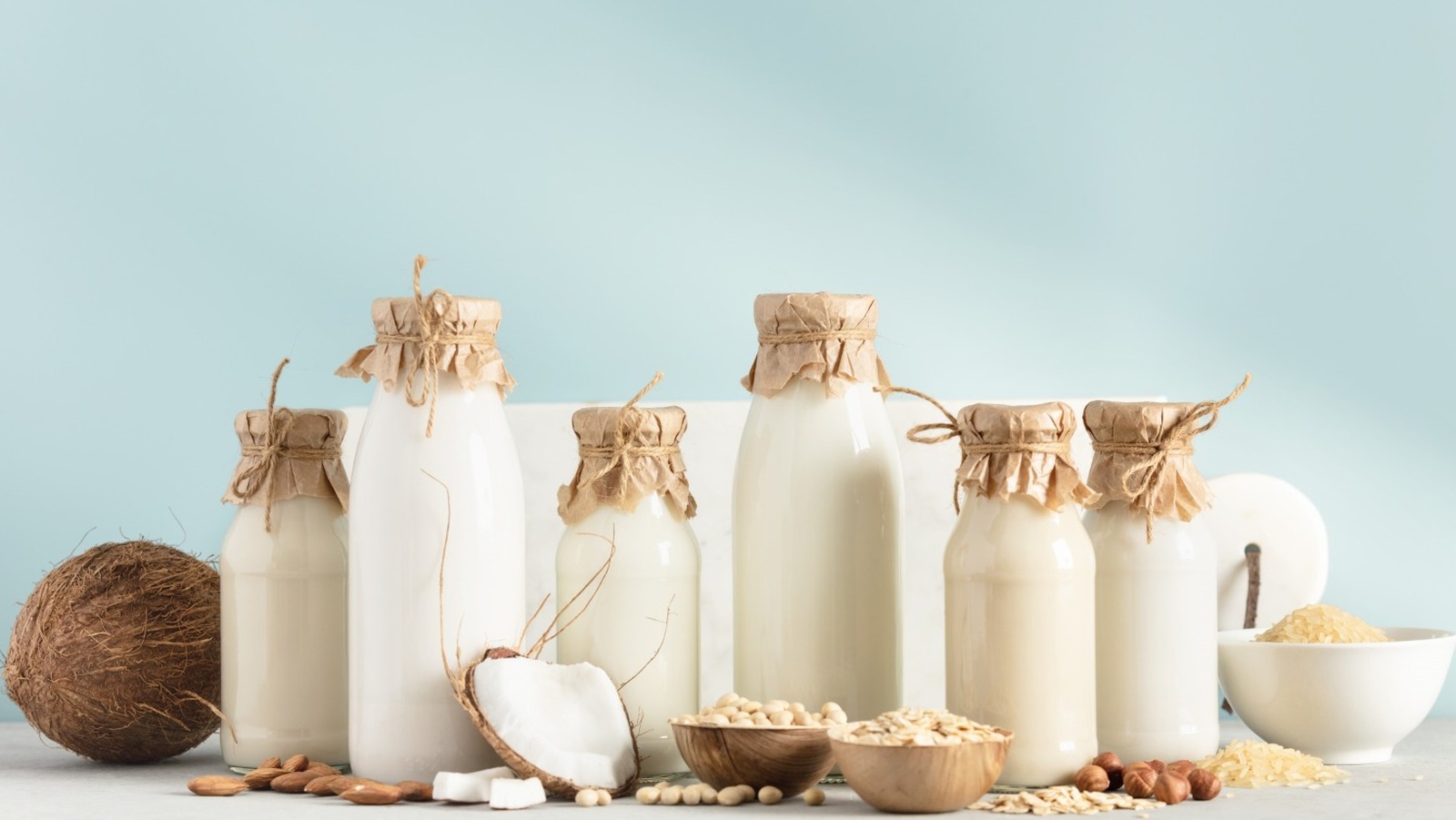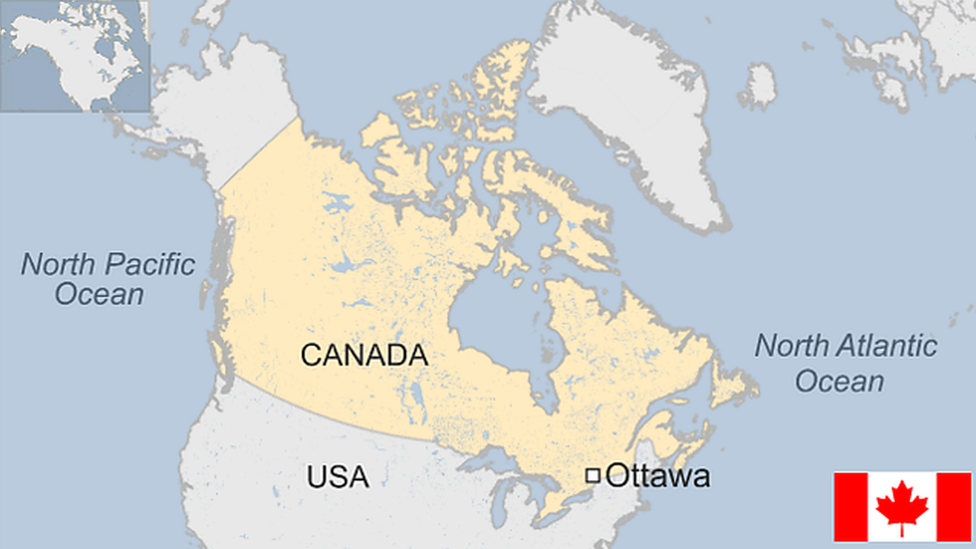johnbowe.info – Karahi, a popular and mouth-watering dish, holds a special place in South Asian cuisine. Known for its rich flavors and vibrant spices, Karahi is not just a dish but an experience. Traditionally cooked in a wok-like pan called a “karahi,” this dish is often made with chicken or mutton, giving it a delightful taste that tantalizes the taste buds. Let’s delve into the world of Karahi and discover what makes it such a beloved culinary delight.
The Origins of Karahi
Karahi originates from the Indian subcontinent and has become a staple in Pakistani and North Indian cuisine. The dish takes its name from the pan in which it’s cooked—a deep, circular, and thick-bottomed vessel that allows for even heat distribution. This cooking style is perfect for simmering meats and spices together, resulting in a dish that is both aromatic and full of flavor.
Ingredients and Preparation
The core ingredients in a Karahi include meat (typically chicken or mutton), tomatoes, green chilies, ginger, garlic, and a medley of spices such as cumin, coriander, and garam masala. The dish is characterized by its simplicity, as it avoids the use of heavy cream or yogurt, focusing instead on the robust flavors of the spices and meat.
The preparation of Karahi involves cooking the meat with the spices in the karahi pan over high heat, allowing the flavors to meld together. The tomatoes are added to create a thick, tangy sauce that coats the meat. The dish is often garnished with fresh cilantro and ginger slices, adding a burst of freshness to the rich flavors.
Variations of Karahi
While traditional Karahi is made with either chicken or mutton, there are numerous variations that cater to different preferences and dietary needs. Some popular variations include:
- Paneer Karahi: A vegetarian version made with paneer (Indian cottage cheese), offering a delectable alternative to meat.
- Fish Karahi: A seafood twist on the classic, using fish fillets to create a lighter yet equally flavorful dish.
- Beef Karahi: A hearty version using beef, popular in areas where beef is a staple protein.
Serving and Enjoyment
Karahi is typically served with naan, roti, or rice, making it a versatile dish that pairs well with various accompaniments. The combination of the spicy, tangy sauce with the tender meat and warm bread creates a satisfying and comforting meal.
Conclusion
Karahi is more than just a dish; it’s a celebration of flavors and culinary tradition. Its unique cooking method and blend of spices make it a standout in South Asian cuisine. Whether enjoyed at a family gathering or a local eatery, Karahi continues to captivate food lovers with its rich taste and cultural significance. If you haven’t tried it yet, Karahi is a must-try for anyone looking to explore the diverse flavors of South Asian cooking.



